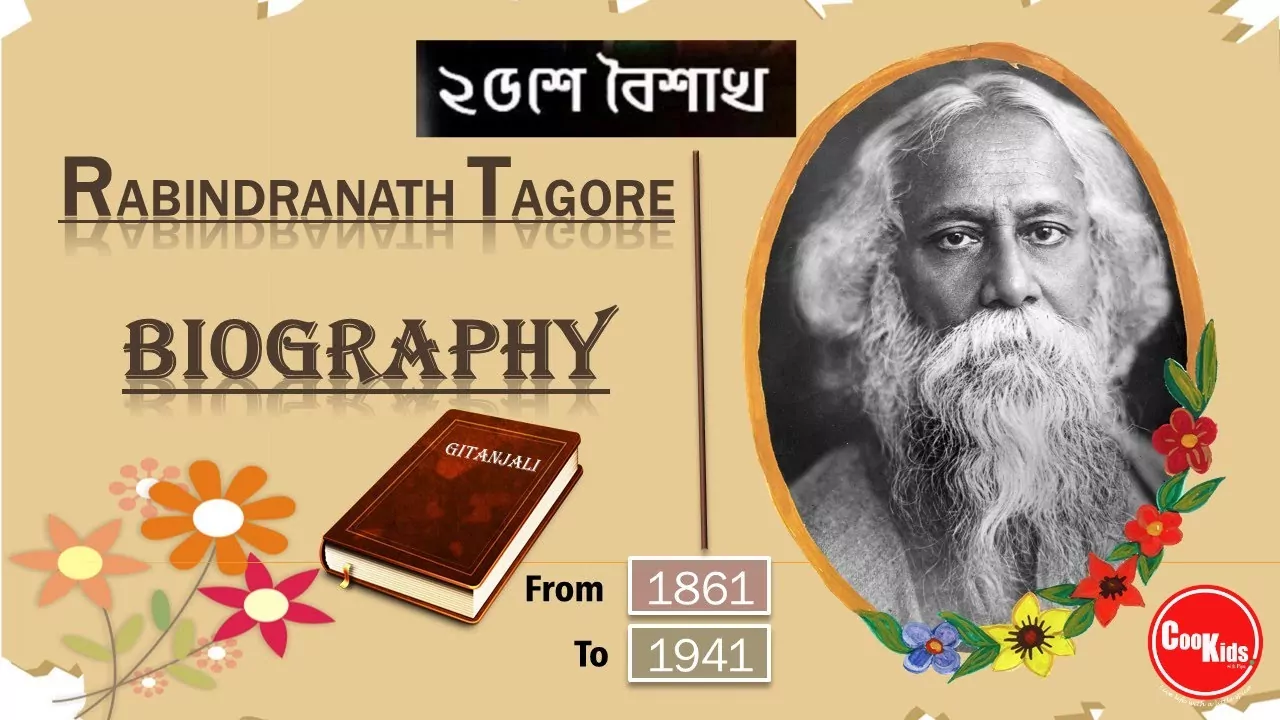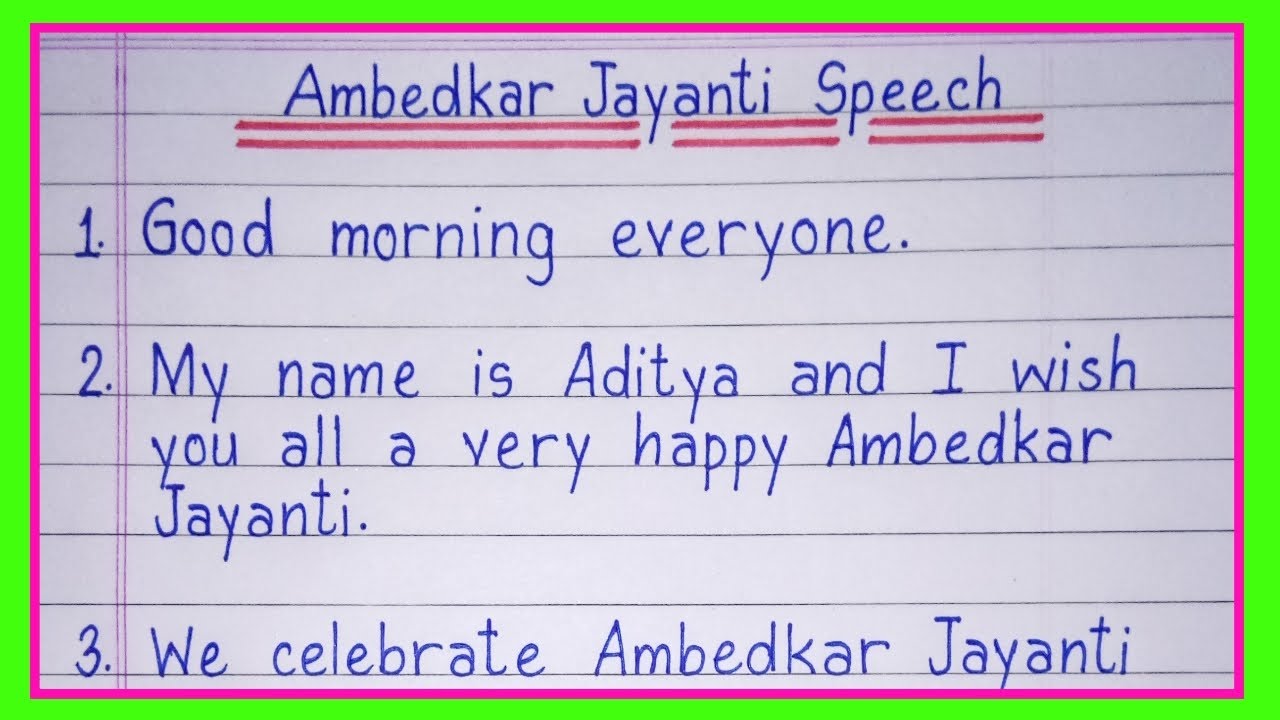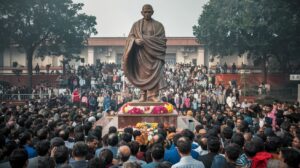Hello friends!!
There are many important people in our Indian subcontinent about whom some of us know more or less or else don’t know anything at all. Some of them have made a huge contribution to literature, or someone has spread the shining light in the sub-continent’s politics or contributed to the economy. Someone may be in science!
10 Lines Speech On Rabindranath Tagore in english| Speech on Rabi Thakur
Essay & Biography on Rabindranath Tagore
This Article is about Rabindranath Tagore Biography in English: Gurudev Rabindranath Tagore was a Bengali polymath who reshaped Bengali literature and music, as well as Indian art with Contextual Modernism in the late 19th and early 20th centuries. Please watch full video for this motivational history. It helps the students and others to say something on Rabindranath Thakur.
Gurudev Rabindranath Tagore was the first Nobel Laureate from Asia.
Best known internationally for his revolutionary poetry, Rabindranath Tagore is also well known for the school and university he founded in the Bengal countryside.
Seen through the amused eyes of a precocious young boy growing up in turn-of-the-century Calcutta, this memoir describes the joint family he grew up in, the city he played in, and the school he was sent to against his will.
It is an exquisite portrait of both Tagore’s childhood and his country, India, at a turning point in its history.
The birth anniversary of Rabindranath Tagore is observed on 7 May according to the Gregorian calendar but according to the Bengali calendar, he was born on the 25th day of Boishakh month. So, in West Bengal, his birthday celebrated either on 8th or 9th May. His birth anniversary is also known as Pochishe Boishakh.
Tagore was born on 7 May, 1861 to Debendranath Tagore and Sarada Devi in the Jorasanko mansion which is the ancestral home of the Tagore family in Kolkata (Calcutta). Among his siblings, he was the youngest. At a very young age, he was the part of the Bengal renaissance and his family also took active participation in it.
At the age of 8, he started writing poems and by the age of 16, he also started composing artworks and started publishing his poems under the pseudonym Bhanu singha. In 1877 he wrote short story ‘Bhikharini’ and in 1882 the collection of poems ‘Sandhya Sangit’. He was influenced by the classical poetry of Kalidasa and started writing his own.
Earth Day Speech in English 2021
He is from the rich family background
- Dwijendranath, Rabindranath Tagore’s eldest brother, was a philosopher and poet.
- Other brothers Satyendranath was the first Indian to be appointed in the Indian Civil Service.
- Jyotirindranath, was a musician, composerand playwright.
- Sister Swarnakumari was a novelist.
His traditional education began in Brighton, East Sussex, England, at a public school. In 1878, he went to England to become a barrister to fulfil his father’s wish. He was not much interested in school learning, so he dropped this and learned various works of Shakespeare on his own.He also learned the essence of English, Irish and Scottish literature and music.
In 1880 after Tagore did not do well in school, his father called him back from London. His father arranged a marriage for him with Mrinalini Devi, a girl of ten years(Child marriage was common during that time). They got married on December 9, 1883. Together they had five children.
In 1890, Tagore started managing his ancestral estates in Shelaidaha (present-day in Bangladesh) and his wife joined him in 1898 with their children.In 1890, Tagore released one of his best poems ‘Manasi’. During 1891-1895, Tagore wrote more than half of the stories of ‘Galpaguchchha’.
During 1863 Debendranath Tagore bought a huge land for meditation and named it as Shantiniketan. In English, “Shantiniketan” means “an abode [place] of peace”. In 1901, Tagore left Shelaidaha and went toShantiniketan to build an Ashram.
He established an open-air school named as ‘Patha Bhavana’, marble floored prayer hall named as ‘The Mandir’ and a library. Initially started with only five students.He planted many trees and built a garden.
Classes here were held under trees and followed the traditional Guru-Shishya method of teaching. This trend of teaching revival the ancient method of teaching which proved beneficial when compared with the modernised method.
In 1902 he lost his wife and daughter Renuka, his father also expired in 1905 and in 1907 his son Shamindranath died of cholera at the age of 11. He was very disturbed. Buy this time he started receiving monthly income as part of his inheritance. , his works started growing royalties and became more popular amongst the Bengali as well as to the foreigners.
In 1901, Tagore published ‘Naivedya’ and in 1906, he published ‘Kheya’.In 1912, he went to England and took a sheaf of his translated works with him. There he introduced his works to some of the prominent writers of that era, including William Butler Yeats, Ezra Pound, Robert Bridges, Ernest Rhys, and Thomas Sturge Moore.
His popularity in English speaking nations grew manifold after the publication of ‘Gitanjali: Song Offerings’ and later in 1913, he was awarded the Nobel Prize in Literature.In 1915, he was also granted knighthood by the British Crown, which he renounced after the 1919 Jalianwala Bagh massacre.
‘Gitanjali’, a collection of poems, is considered his best poetic accomplishment. A proficient songwriter, Tagore composed 2,232 songs, which are often referred to as ‘Rabindra Sangeeth’. He also wrote the national anthem for India – ‘Jana Gana Mana’- and for Bangladesh – ‘Aamar Sonar Bangla’.
‘Galpaguchchha’ a collection of eighty stories is his most famous short story collection which revolves around the lives of rural folks of Bengal. The stories mostly deal with the subjects of poverty, illiteracy, marriage, femininity, etc. and enjoy immense popularity even today.
Tagore’s political views were complicated. He criticized European colonialism and supported Indian nationalists. But he also criticized the Swadeshi movement by Mahatma Gandhi in his essay “The Cult of the Charka”, published in September 1925. On the whole, his vision of a free India was based not on its independence from the foreign rule, but on the liberty of thought, action and conscience of its citizens.
Although Tagore wrote successfully in all literary genres, he was first of all a poet.
10 lines Speech on World Health Day by kids
Among his fifty and odd volumes of poetry, some of them are:
- Manasi (1890) [The Ideal One]
- Sonar Tari (1894) [The Golden Boat]
- Gitanjali (1910) [Song Offerings]
- Gitimalya (1914) [Wreath of Songs]
- Balaka (1916) [A Flight of Swans]
Tagore’s Major Dramas:
- Raja (1910) [The King of the Dark Chambers]
- Dakghar (1912) [The Post Office]
- Achalayatan (1912) [The Immovable]
- Muktadhara (1922) [The Waterfall]
- Raktakaravi (1926) [Red Orleander]
Tagore’s Major Novels:
- Gora (1910)
- Yogayog (1926) [Crosscurrents]
- Ghare-Baire (1916) [The Home and the World]
No doubt he has changed the dimensions of Bengali literature as it was earlier viewed. Many countries have even erected their statues to pay tribute to the legendary writer. Around five museums are dedicated to Tagore out of which three are situated in Indiaand two in Bangladesh.
He spent his last years in severe pain and even in 1937, he went into a comatose condition. After a lot of suffering, he died on 7 August, 1941 in the Jorasanko mansion where he was brought up.











